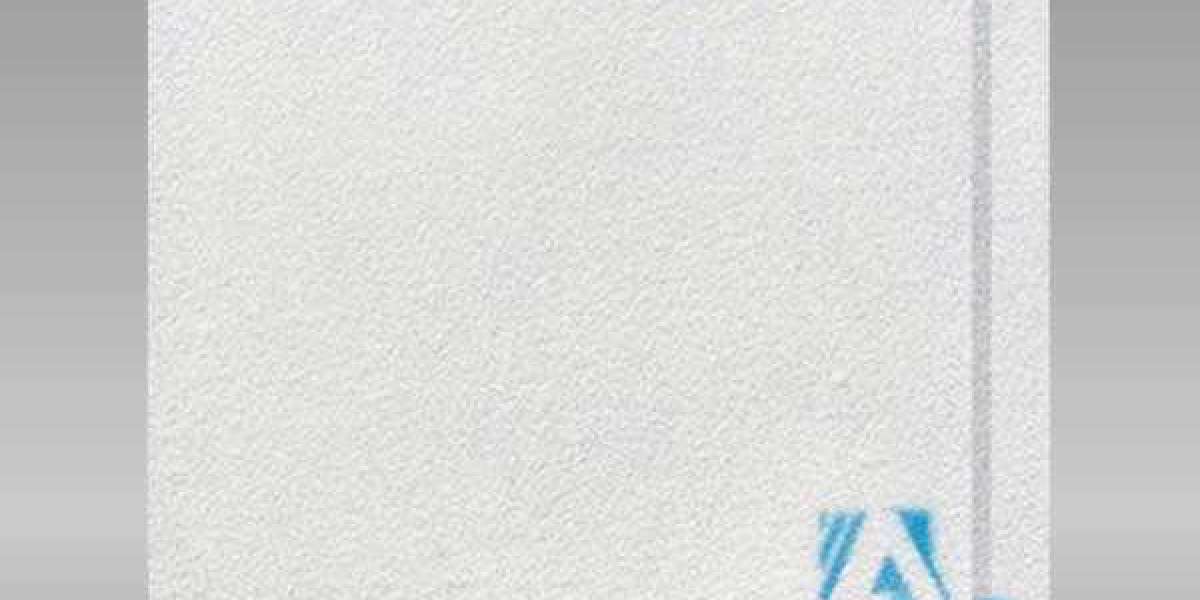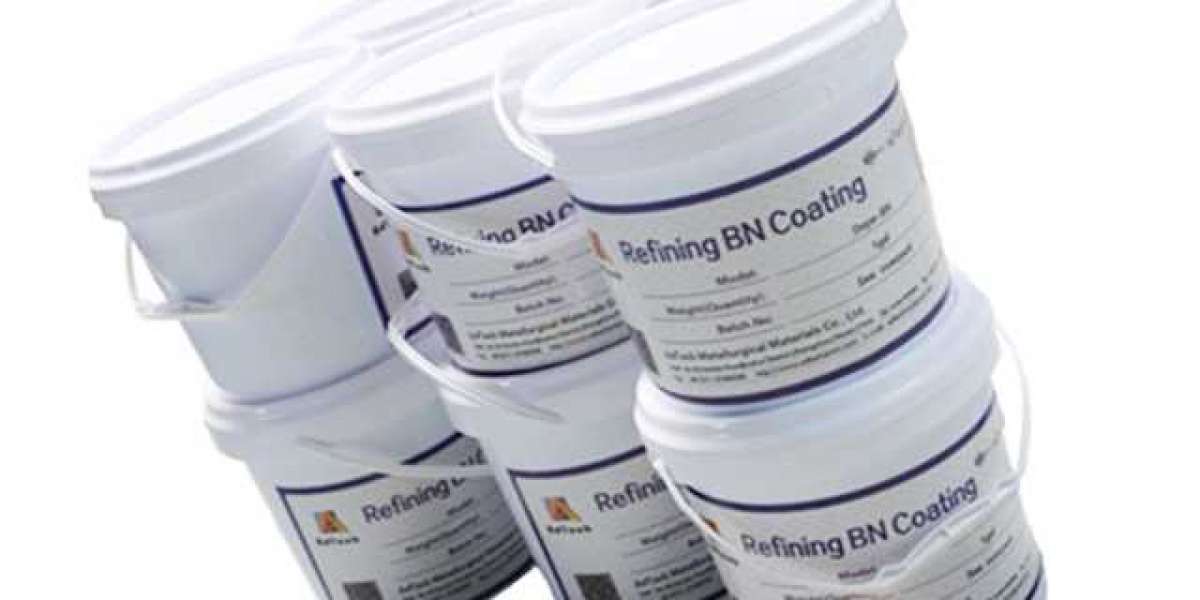Because of its rich pore structure, huge specific surface area and good machinability, activated carbon has become the most studied and widely used adsorbent material in compound filter additives. This paper mainly discusses the activated carbon pore structure on the influence of the filtration efficiency of flue gas particle phase, for the application of active carbon composite filter in the Chinese style cigarette and cigarette * reduce harm reducing tar "work provide basic data and technical support, as well as the preparation with specific pore structure and properties of activated carbon and choose the smoke cigarette manufacturing using activated carbon has certain guiding significance.
Firstly, the adsorption and desorption isotherms of three activated carbons for coconut shell-based smoke and three activated carbons for apricot kernel based smoke were determined by low temperature nitrogen adsorption method. The specific surface area and total pore volume were calculated by BET model. The microstructure parameters and pore size distribution of micropores and mesopores were calculated by H-K method and BJH method, respectively. The surface morphology of activated carbon was also observed by scanning electron microscope. The results show that the pore structure of activated carbon for commercial tobacco is different at present. Among the six activated carbon samples selected, Y1 and CTN are microporous activated carbon, and the micropore ratio is more than 97%. X3 and X5 samples were medium pore activated carbon with microporosity of only 69.3% and 55.5%. The micropore contents of X2 and Y5 samples were 87.2% and 81.8%, respectively, between X3 and X5 samples and Y1 and CTN samples. SEM observation of the surface morphology of activated carbon samples for smoke showed that the surface of activated carbon was honeycomb-like with developed pores, and the large pores were all in the shape of open pipe structure. There were various small circular and elliptical holes on the pipe wall.
Then, comprehensively examines the activated carbon pore structure of mainstream smoke particles with phase content in the conventional chemical composition is the relationship between the filtration efficiency, found that adding activated carbon can be reduced in different degrees in cigarette mainstream smoke conventional component content, and under the condition of the same dosage of activated carbon, the ternary composite way of flue gas composition of conventional filtration efficiency higher than binary compound mode. In the process of adsorption of flue gas components, the specific surface area of activated carbon with different pore structures determines its total adsorption capacity, and the pore size distribution affects its adsorption selectivity. The contents of total particulate matter, nicotine, moisture and tar in the mainstream smoke of cigarettes all increased stably with the increase of the number of suction outlets. In the process of cigarette smoking, the filtration efficiency of activated carbon with different pore structure to the conventional components of smoke changed dynamically with the increase of the number of suction ports. Qualitative description method was used to evaluate the sensory quality of activated carbon cigarettes. It was found that the addition of activated carbon increased the smoke suction resistance, reduced the smoke concentration and aroma, reduced the irritation, and had no obvious peculiar smell and discomfort, and had no negative effect on the sensory quality of cigarettes.








